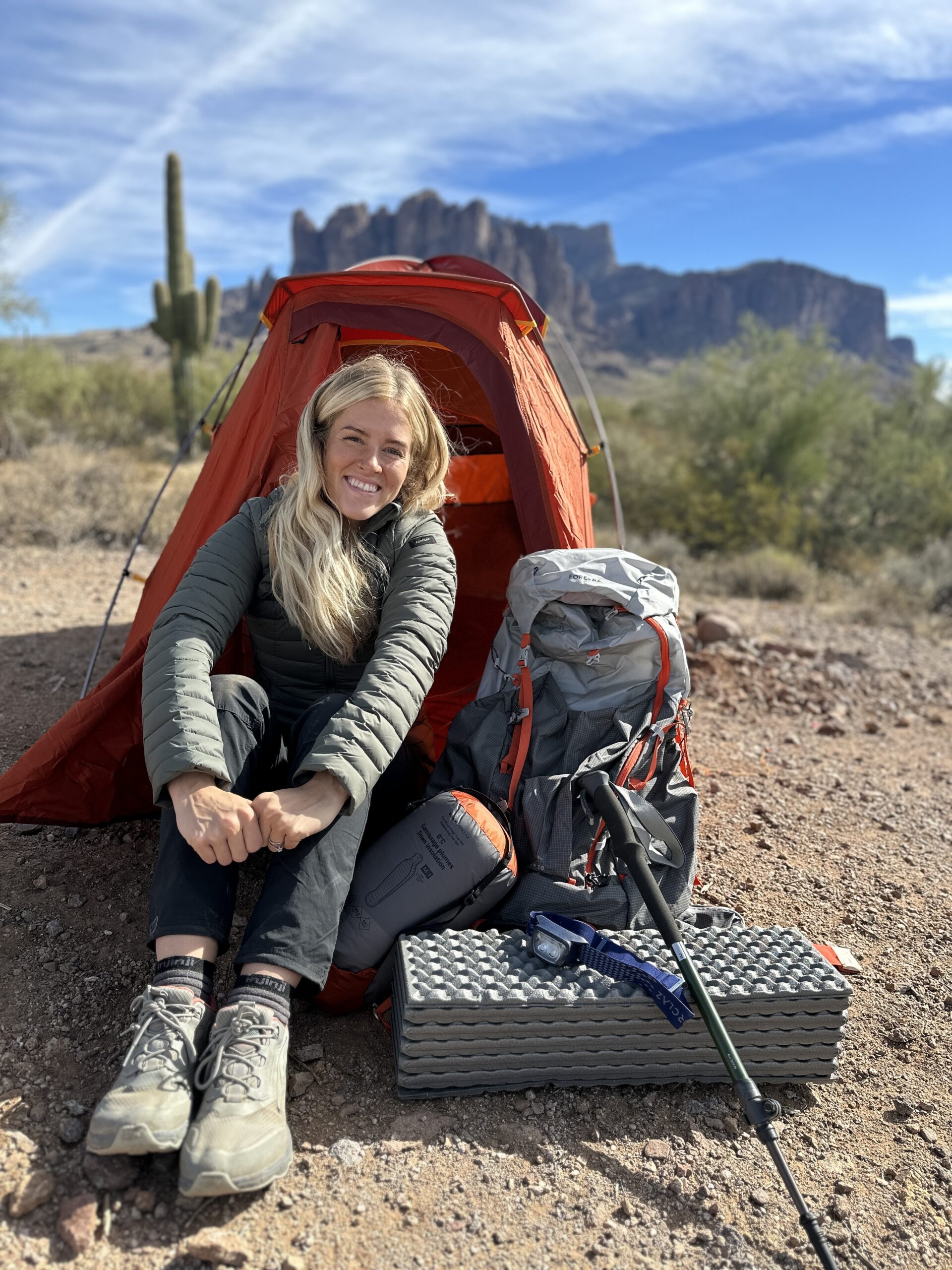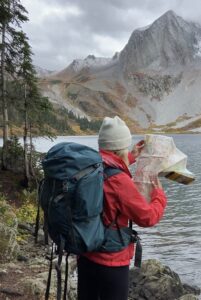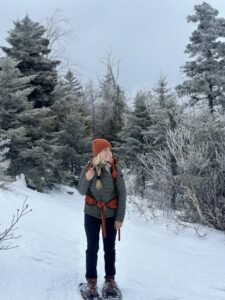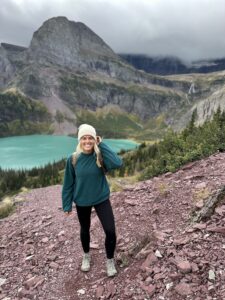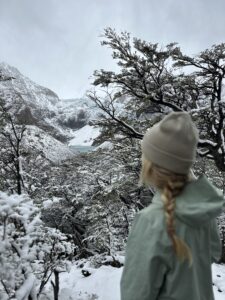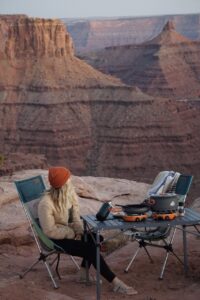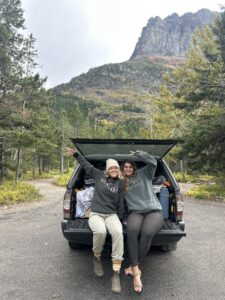The Essential Backpacking Gear Guide for Beginners
Ever seen incredible photos from someone who went on a back-country trip and wanted to go on one yourself but had no clue what you need or what kind of gear is right?
Well I’m going to break it down for you in this backpacking gear list, and talk through what exactly you would need to be safe and enjoy a weekend trip!
This is your complete guide to packing for a backpacking trip, I will share everything I personally use and give you commonly loved options as well! Feel free to tailor to your own needs and your own gear available but I suggest trying to stick to only the essentials and you’ll quickly realize how little you actually need out there!
Beginner backpackers, please read this:
I rented, borrowed, thrifted and used old gear for my first 3-5 overnight backpacking trips. Dont believe you HAVE to buy everything listed for “backpacking.” Eventually, you’ll understand more and buy those $$$ things if you really love it. But If you want to go once or twice a year for an overnight trip just try it out first the cheapest way possible. Just make sure the gear is safe and warm. If you’ve gone once or are an avid hiker and camper and are ready to purchase a few items, this guide will really help you out!
Some links may contain affiliate links, I may earn a small commission on these links they are never at any extra cost to you!
Table of Contents
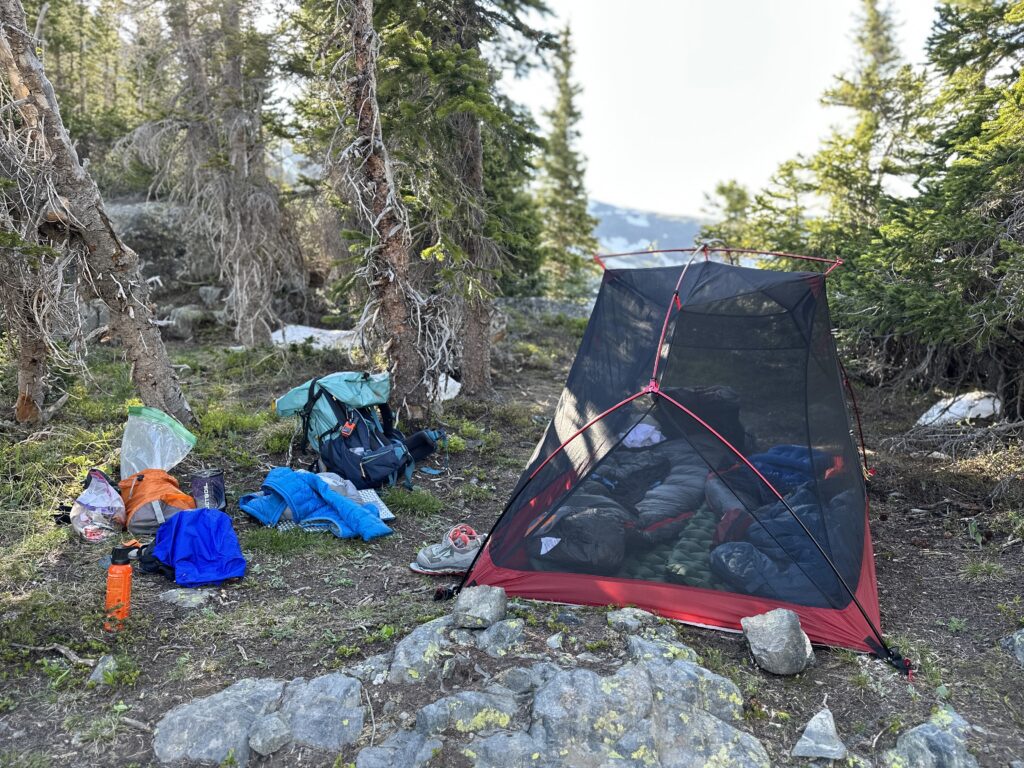
Backpacking Gear: The Big 4 Essentials
- BackPack
- Tent or Bivy
- Sleeping Bag or Quilt
- Sleeping Pad
Gear: Choosing Your Beginner Backpacking Gear
First up on the backpacking gear list is your pack. Choosing the right pack is very important. This pack is going to have to carry everything you need for 3-5 days, therefore you’re going to need a much larger one than your regular day hiking pack.
I would suggest anything between 50L-70L for a backpack. You want a balance between lightweight and comfort. One thing to remember is that you’ll pack less if you have less space, and you’ll be much happier carrying less weight, I often find when I have a bigger pack I over pack my necessities.
- Comfortable enough for a weekend trip $100-$200
- High Sierra 60
- Osprey Renn 65
- Decathlon MT100 – My current one
- Commonly Used and loved by backpackers $200+
- Commonly seen and used by Ultralight backpackers $350+
Beginner Backpacking Tent
I was once told by an experienced backpacker that you shouldn’t carry more than 2.5lbs per person for your tent. This isn’t always possible, but I like to think if my two person tent is under 6lbs that’s decent. And if my 1 person tent is 3ish lbs i’ll be okay. Always try to go for the lower weight on these heavy items. But if you’re just going out for a one night and have no other option, just strap up your regular tent! Keep an eye out for weight, price, and packed size.
- 1 person tent
- Kelty Late Start
my Current tent for solo trips - MSR Elixir
- Kelty Late Start
- 2 Person tent options
- Featherstone UL Granite (cheapest/light option)
- Kelty Grand Mesa (middle price/ middleweight)
- Near Zero 2P Tent – My current one (expensive but pretty light)
- Alto TR2 Sea to Summit (Expensive and lightweight)
- REI Co-op Quarter Dome SL (less expensive/lightest weight)
Beginner Backpacking Gear: Sleeping Pad
When picking a sleeping pad it’s important to plan what type of temperatures you’re likely to camp in. This is knowing the R-value you need in a sleeping pad. (I think of it as a temperature Rate) For example summer backpacking in 50+ degree temps you can use a summer rated pad R-value 1-4. If you’re more of an all temps kind of backpacker you’ll want more like 4-5+ R-value sleeping pad.
I sleep on my side and backpack into low 30-degree night temps a lot. For that reason I like to double up and use an air sleeping pad with a rating of 3.7 on top of a closed cell pad that has an R-Value of 2 which makes it 5.7. Looking at thickness of the pad is definitely important if you sleep like me, I like a three-inch thick pads but that is not really necessary if you don’t sleep on your side. Here are a few great options if I didn’t confuse you already!
Summer, Air-filled sleeping pads
- Klymit Static V 2.5in thick 1.6lbs
- Sleepingo 2in thick 14oz
3 seasons R-value under 4
- Near Zero 3in 1.6lbs
- Therm-a-rest Prolite Plus 1.5in thick 1lb
- Nemo Quasar 3D insulated 3.5in thick 1.9lbs
Winter R-Value over 4
- Nemo Tensor 3in thick 1lb
- Sea to summit Camp 1.5in thick 1.9lbs
- REI Co-op Helix insulated 3in thick 1.5lb
Backpacking Gear: Sleeping Bag
This is something you’ll really want to invest in. Not only does it have to be reasonably small, but it has to keep you warm up in the mountains. You aren’t car camping anymore, and bringing all those extra blankets isn’t going to work. I personally always prefer a down sleeping bag that can be stuffed small when needed. You’ll have to decide if you need more warmth or if you sleep pretty warm naturally.
I’ve used a Hyke and Byke Sleeping bag for the past 4 years on the AZT, TRT, and multiple other trips. It’s perfect for all types of trips. I am always cold, so 0-15 degrees is good for me. I also am often camping when it’s cold out, which is another reason I chose a low-rated temp. For women, I would always suggest a 15-25-degree bag with a Sleeping bag liner when needed. Camping in the warm summer heat, I have a Kelty Cosmic 40-degree lightweight sleeping bag.
- Hyke and Byke 15 degree
- Big Agnes Elsie 15
- Near Zero 20 – My current go-to
- Nemo Tempo 20
- Kelty Cosmic 40 degree
Now that the Big 4 are done, let’s get down to the smaller items! These smaller items are almost the most important when it comes to backpacking gear.
Backpacking Gear: Cooking System
If you’re on a tight budget or think you’ll barely go backpacking again… This Cooking system does the job, I used it my first 2-3 trips.
Budget-Friendly
Most Efficient for Boiling Water Fast
Most Efficient for Cooking Food
Backpacking Gear: Water Filtering System
I personally love the Katadyn brand, I have used both their pump and their squeeze filter and think they are great. I recently tried the swayer squeeze as well and was just as impressed! Always bring a backup like chlorine drops if the filter ever gets clogged mid-trip. Keeping the filter cleaned is an essential part of having clean water.
Backpacking Gear Water Bladder vs Bottles
I used to swear by using a water bladder. It was all I ever thought I needed. Recently I’ve moved over to 2-3 1ltr reusable plastic bottles from the gas station (I reuse for a long time). I found them so much easier to fill up while on the trail. I didn’t need to unpack and repack my bag every time we stopped for water. I also liked that I could add hydration to one bottle while not ruining the rest of them.
I also have confidence in the fact that bottles weren’t going to pop and if one did, I still had two more. But the pros of a water bladder are still pretty high for a lot of people, and I would say both are fine options! Just make sure you bring at least one water bottle as a backup.
Backpacking Gear: Bear Canister and Bear Spray
Some places require a bear canister because of the bear activity in that area. Something you should take seriously, if there’s a chance a bear could take your food from a bear bag or from your tent and run the risk of you getting hurt or having no food the rest of the trip, take a bear can. No, some places do not require them, and I don’t use mine in states that don’t have bears.
But for bear spray I take it any time I’m on a solo trip, bear country or not. On the AZT they say you really don’t need to worry about bears on a lot of the trails, but you do need to worry about rodents. Here are my go-to food storage options:
Backpacking Gear: Small Essentials
- Bug Spray
- Sunscreen
- Knife and Rope
- First Aid Kit
- Toiletries & biodegradable soap/wipes
- Food and Snacks
- Lighters x2
- Biodegradable Toothpaste
- A headlamp and extra batteries
- Phone and phone charger
- Garmin inreach
- Camp shoes (optional)
- Grab the lightest cheapest pair or go with these Tevas
- Pee Cloth (optional)
- Map and Compass
- Lighter
- Kitchen utensils (spork and mug)
- Trekking poles: Trust me, they help so much. Any will really work, and your knees will be grateful!
Backpacking Gear: The Right Clothes
Choosing the right clothing is a very important part of our backpacking gear list. You’ll be wearing these clothes for days, and they’ll need to protect you from the elements. Comfort and function are the two main things I look for in activewear.
These should be moisture-wicking materials(wool/synthetics are best for base layers), not your usual cotton t-shirts and thick hoodies or sweatpants. The main reason is that those materials do not dry quickly after maybe a fall in the stream or a lot of sweating. Therefore, if it can trap moisture it can also freeze with cold temperatures. We are trying to wick away moisture and have it dry fast.
- Hiking Pants
- I prefer to hike in lightweight hiking pants, Baleaf and REI have the best pairs I’ve found so far! I size down for Baleaf because they come a little baggy. They both dry so fast and are so cute.
- Shorts
- I love hiking in lightweight, quick-drying athletic shorts and having the ability to wear my pants over them.
- Lightweight moisture-wicking hiking tops for summer
- Choose the lightest, thinnest synthetic shirt you can find. I thrift for them, or this is my go-to long sleeve.
- Mid Layer
- It should be insulted and breathable. I love a Squak Mtn hoodie or a Mountain Hardwear micro hoodie. They are great insulation and cozy for cold evenings and mornings. Any fleece layer is good enough, though.
- Puffy Jacket
- This one is your warmest. I go with a down-filled option. Marmot has good options. Eddie Bauer and Patagonia do as well. I personally wear a Sierra Designs Puffy. You really can’t go wrong if you’re getting into backpacking. A lot of down jackets do the job.
- Rain/wind shell
- I always bring this layer, rain or no rain. They can pack down small and they create a ton of warmth when worn over your layers in the evenings or the early morning chill. If you’re in a state that is always rainy, make sure not to skimp on the quality.
- Extra socks
- Darn Tough and Smart Wool are my go-to options.
- Beanie or gloves if in cold temps
- Underwear (because some people need to be reminded about those)
Backpacking Gear: Hiking boots vs Sneakers
Last but not least on the backpacking gear list: shoes. There is a lot of debate on whether hiking boots or hiking sneakers are better. I hike a lot in mud and snow, so I usually stick with something more insulting like Columbia Newton Ridge boots. They are a great beginner boots!
Trail sneakers have a lot of pros and are slowly becoming a backpacking necessity. I actually just switched over to the Altra Lone Peak 5 this past summer and they have become a favorite of mine! I love how light my feet feel in them.
Hiking Boots:
Trail sneakers:
Now, you have the ultimate backpacking gear list to prepare yourself for your first overnight excursion. I hope you feel more prepared and confident to get out onto the trail!
Be sure to check out this blog post here, on how to actually plan your first backpacking trip.


